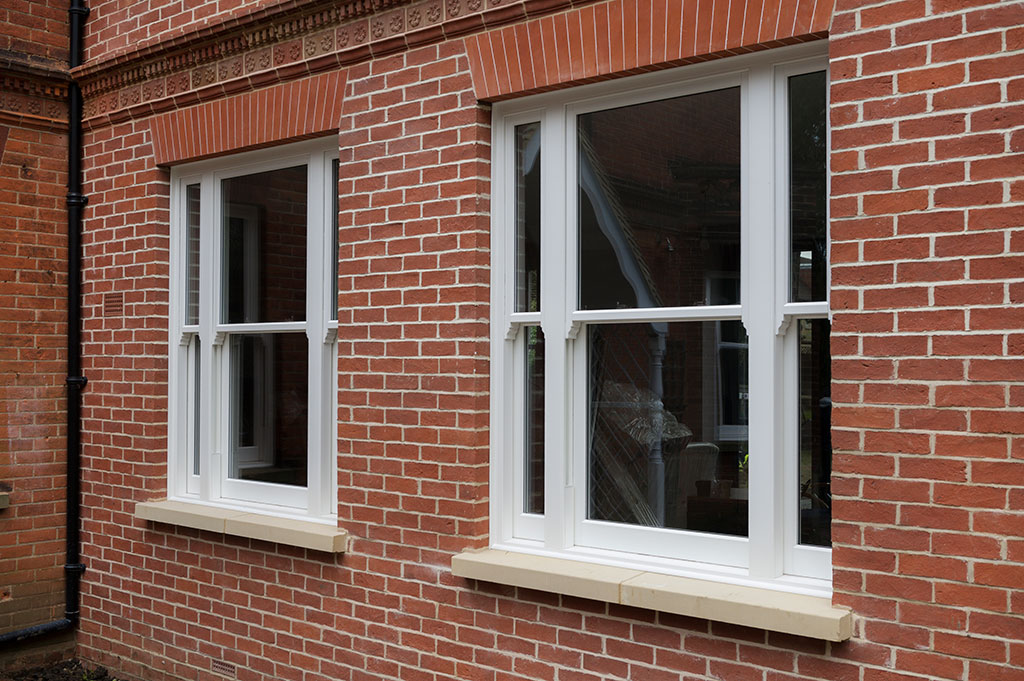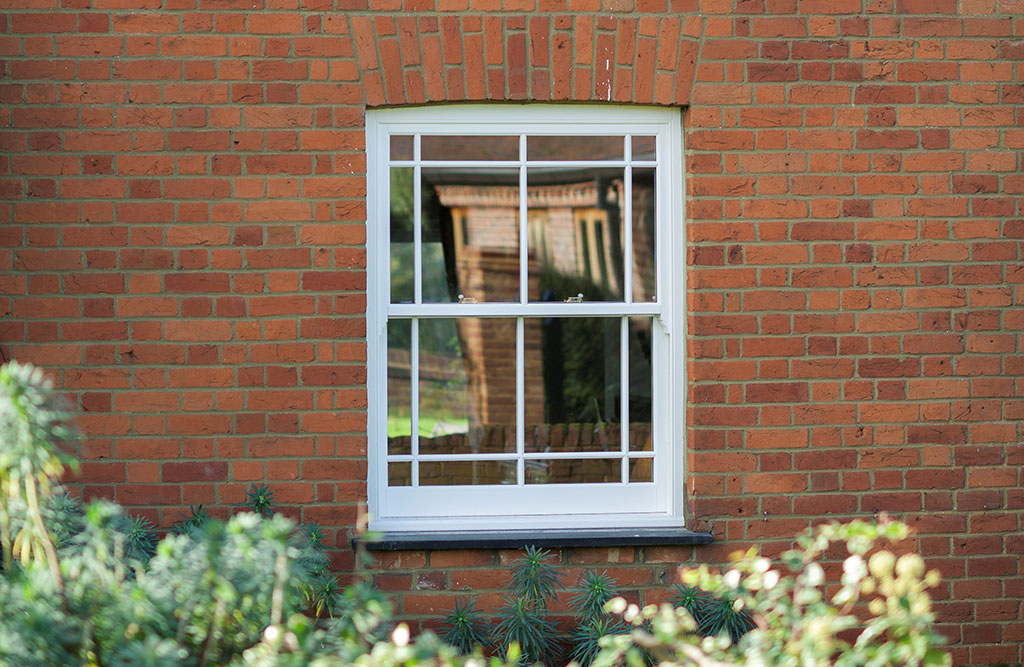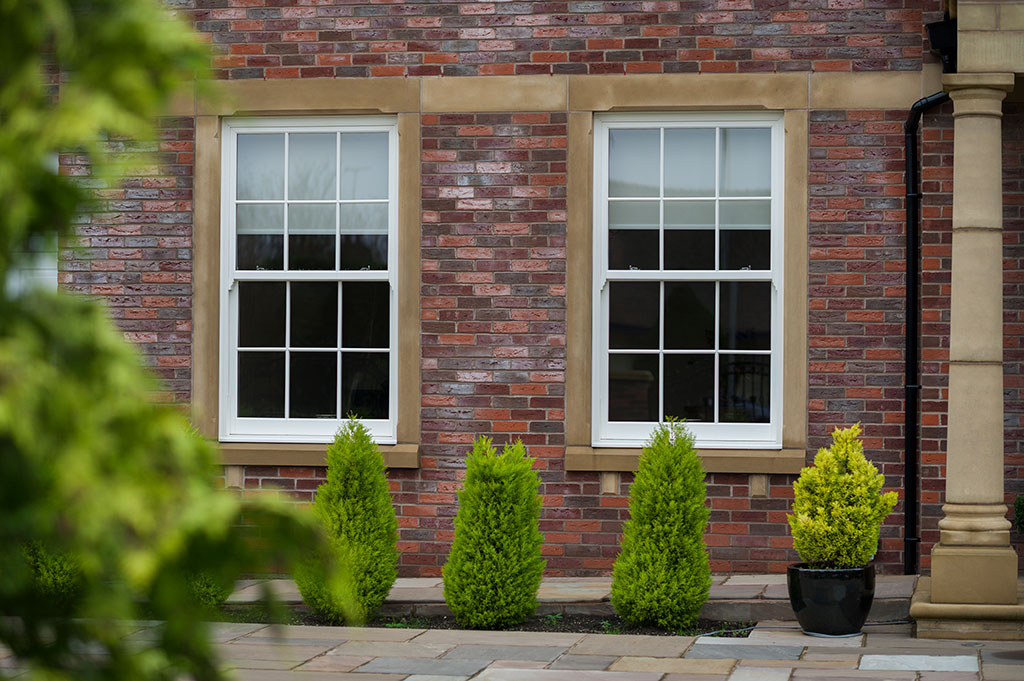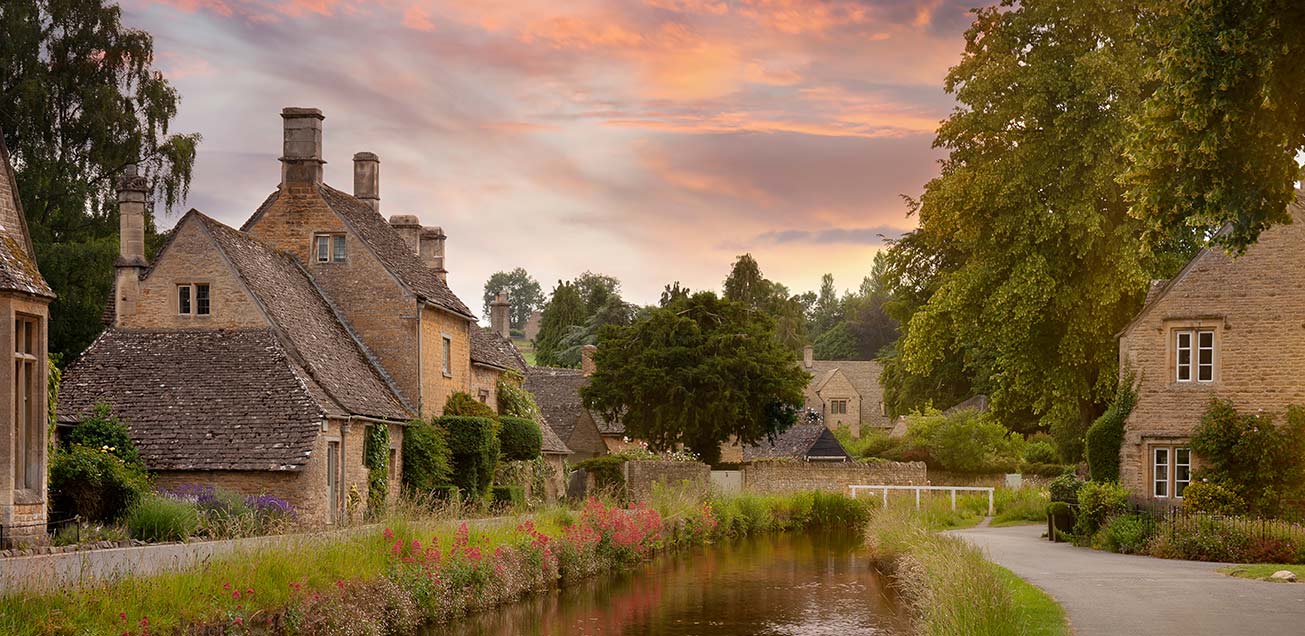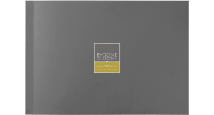Category: Masterframe
BYGONE CAPTURES 300 YEARS OF SASH WINDOW HISTORY
The Bygone Collection is designed and engineered to capture the spirit of 300 years of sash window history using modern materials and exceeding the new demands for energy efficiency, security and recyclability. The windows are so authentic that Conservation Officers and Planning Inspectors are now considering the collection favourably as the preferred modern timber alternative.
Features such as the super slim meeting rail measuring just 39mm and the new integral slim mullion that does away with the need for coupled windows, makes the Bygone Collection of sash windows truly unique in the market place.
Here is the illustrious history of the most beautiful and efficient style of window ever created: –



First introduced in the mid 1600’s the sash window, hales from a time when narrow streets could not accommodate protruding windows that could potentially touch the building opposite or block the way of the thatcher. The earliest designs were the horizontal sliding sash commonly referred to as the ‘Yorkshire Sash’.
The oldest known surviving sash window dated 1670, is located in Charles II’s Newmarket house. Since then, the sash window has been made popular and spread by British colonisation to India, the Caribbean and America.
Following the Great Fire in 1666 it was found that timber signs, beams and windows had accelerated the spread of the fire and London changed its building regulations. It was now required that window frames be recessed back from the front of a building façade which gave birth to the Georgian architectural style.
The window tax was introduced in 1696 and this only served to elevate the sash windows to an even greater status symbol. During this time until it’s abolishment in 1861, many sash windows were blocked and this can still be seen that way in some areas today. It was an unequal tax on ‘health, light and air’ hitting the middle and lower classes the hardest.
Being not only extremely practical for the British climate but also simple in design yet elegant and beautiful these windows became very fashionable and a symbol of wealth amongst the rich. It was assumed that the larger the glazed area, the greater the owner’s fortune. So great was the desire for sash windows that they replaced outdated, less fashionable wooden casements.
The Georgian era was perhaps the most elegant of periods for sash windows.
The classic “6 over 6“ window with intricate glazing bars became the norm with windows becoming larger and larger throughout the 1700’s, although still having small panes as dictated by the glass manufacturing techniques of the time. Georgian architecture truly embraced the sash window and the design was improved from a single moving sash with a fixed top to a unit with two moveable sashes. The most common timber used for construction at this time was Oak.
The sash windows of this era were always painted off- white or a pale stone colour externally although some of the really wealthy homes were painted black and then embellished with gold leaf. The cost of Crown glass was prohibitive and so this type of window was unaffordable for the masses.
From the 1770’s early plate glass was introduced which resulted in further increases in the size of the panes and a reduction in the number of glazing bars. The price of the plate glass was still only affordable by the wealthy.
By the end of the 17th century, the British aristocracy had embraced sash window and they had been installed in such illustrious palaces such as Hampton Court, Kensington and Greenwich as well as Ham House and Chatsworth House.
Moving into the 1800’s the design of sash windows evolved considerably with glass quality improving and panes becoming thinner and the width of glazing bars slowly reducing. There was some experimentation making glazing bars out of iron or copper to achieve an even more slender result.
Throughout the 1800’s plate glass was becoming freely available and this lead to the number of glazing bars being continuously decreased and being completely discarded by the very wealthy.
The Regency era, towards the later part of the Georgian Period brought with it an understated elegance. Gone were the garish colours of the Georgian period replaced by much more muted and elegant colours such as pastels, rich cream, grey, stone white and duck egg blue. Windows became typically tall and slim, still with the multi paned appearance but with added ornamental features and mouldings.
By the time Victoria ascended the throne in 1937, plate glass was more common due to more efficient manufacturing methods which in turn reduced the price. More affordable than ever before, sash windows found their way into ordinary homes and by the end of the century were found on even the most humble of dwellings. Colours moved on too with black becoming popular and greens, browns and graining treatment becoming commonplace.
By mid-century the majority of sash windows either had only a single central glazing bar or none at all. The Victorian era sash windows had fewer panes than their Georgian counterparts with the most common number being four to six. Horns were introduced to compensate for the heavier plate glass and the loss of strength from the now absent glazing bars.
In the grand buildings of the time, the Victorians, ever nostalgic for the past disguised sash windows by recessing them behind stone mullion frames that mimicked historical styles and then painted these darker greens and browns or with a grained effect to achieve the look of an expensive hardwood. In 1894 the Building Act changed and windows were no longer required to be flush with the exterior wall.
The new Edwardian era ushered in upon the death of Queen Victoria in 1901, signalled a return to the simple clean and elegant lines seen in the Georgian era but often on a much larger scale. The Edwardians also took advantage of the changes to the Building Regulations and presented windows in bays. The windows of this age would often maintain the upper multi pane style, frequently with horns and then use a single pane or two paned lower sash to allow light to flood the room.
Floor to ceiling heights and increased widths were often seen. There was a trend towards larger panes and chunky glazing bars. Sometimes, a stained glass feature was incorporated into the upper sashes and this would remain fashionable into the 1930’s.
Due to growth in the use of casement windows during the Edwardian period, by 1910 many houses were being built with casements and consequently sash windows began to take a back seat. Sadly, since the 1960’s the indiscriminate replacement of sash windows using mass produced casements and soft wood timber has resulted in thousands of original sash windows being lost, destroying the character and value of many homes in the process.
Today, we have the Bygone Collection, the perfect solution to bring a home back to its former glory using the vey best quality windows that are true to the original design.
Click below to read more about our bespoke range of windows and find the perfect fit for your property, no matter the period or style.
https://www.bygonecollection.co.uk/product-range


